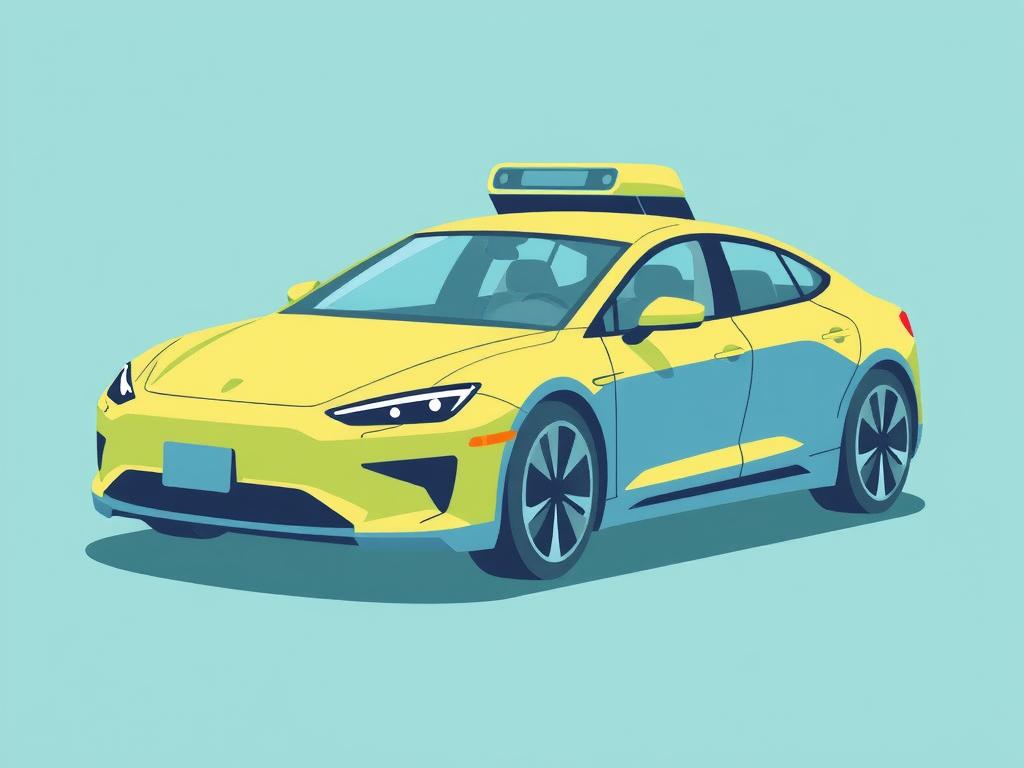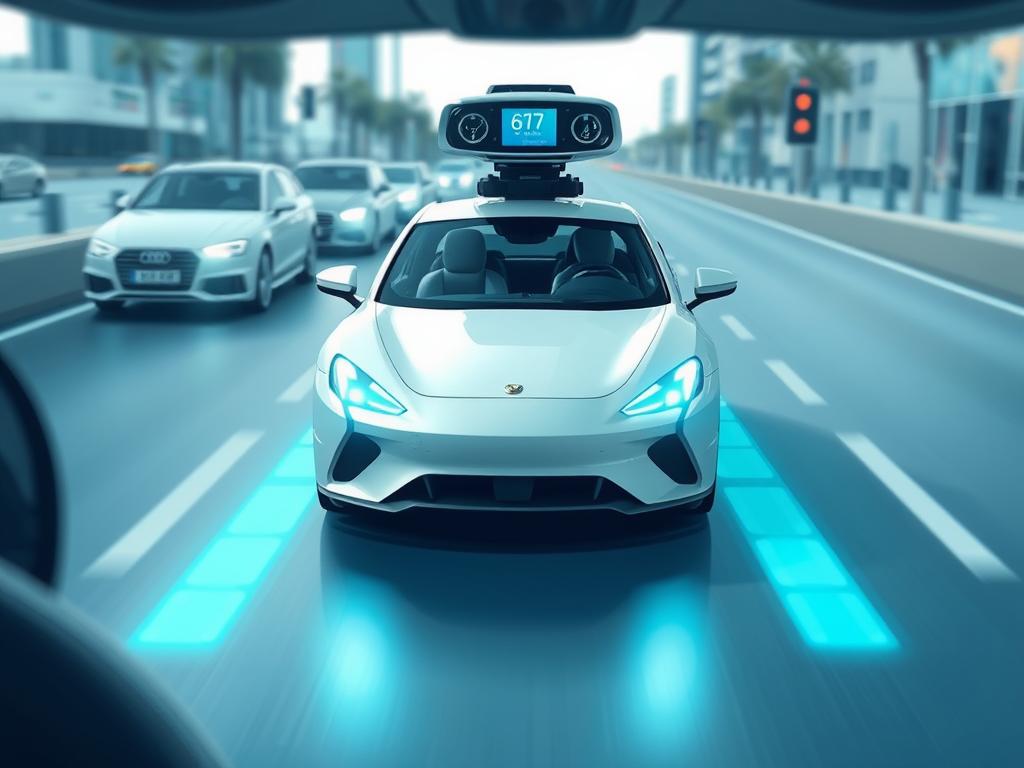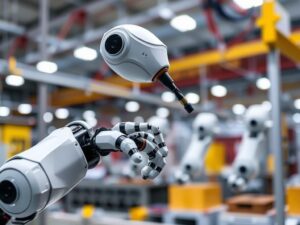The Evolution of Self-Driving Cars
Self-driving cars, once a vision relegated to science fiction, have rapidly transformed into an increasingly tangible reality. Over the past decade, advances in artificial intelligence, sensor technology, and machine learning have fueled this progress. Today, autonomous vehicles (AVs) are no longer just experimental prototypes but are being tested on public roads, trialed in urban environments, and even offered for ridesharing in select cities. The potential benefits of self-driving cars are immense—from reducing traffic accidents caused by human error to increasing mobility for the elderly and disabled, and decreasing traffic congestion by optimizing driving patterns.
The journey of self-driving cars began with simple driver-assistance technologies like adaptive cruise control and lane-keeping assistance. These features laid the groundwork, allowing vehicles to maintain safe distances and stay within lanes under specific circumstances. However, moving from partial automation to full autonomy requires a leap in both hardware and software sophistication. The challenge lies in designing systems capable of understanding and reacting to complex and unpredictable environments as well as, or even better than, human drivers. Companies such as Tesla, Waymo, and Cruise have been pioneers, investing billions into developing advanced sensors, cameras, LiDAR, and powerful AI algorithms.
How Self-Driving Cars Work

Understanding the technology behind self-driving cars helps in appreciating their progress and limitations. At the core, autonomous vehicles use an intricate web of sensors, software, and computational power to “see” and “think” about the world around them.
- Sensors and Cameras: These collect data on the vehicle’s surroundings, including other vehicles, pedestrians, traffic signals, and road signs.
- LiDAR and Radar: LiDAR uses laser light pulses to create detailed 3D maps of the environment, while radar helps in detecting objects at longer distances and adverse weather conditions.
- Artificial Intelligence and Machine Learning: Software algorithms analyze sensor data to recognize obstacles, predict movement patterns of other road users, and decide the safest maneuvers.
- Mapping and Localization: High-definition maps paired with GPS enable the vehicle to ascertain its precise position and plan routes effectively.
Key Progress Achieved in Autonomous Driving
Over the years, the self-driving car industry has made significant strides. Here is an overview of some of the critical milestones:
| Progress Area | Description | Impact |
|---|---|---|
| Improved Sensor Fusion | Combining data from multiple sensors to produce a coherent and reliable understanding of the environment. | Reduced false positives and improved reaction time to obstacles. |
| Advanced Neural Networks | Using deep learning models to enhance object recognition, road sign reading, and pedestrian detection. | Increased accuracy in complex driving scenarios. |
| Real-World Testing | Extensive deployment of autonomous vehicles on public roads in cities worldwide. | Gathered valuable edge-case data to refine algorithms. |
| Regulatory Engagement | Collaborating with authorities to create safety standards and legal frameworks for autonomous vehicles. | Laid groundwork for wider adoption and public trust. |
These advances have pushed self-driving technology closer to commercial viability, with some vehicles now able to handle highway driving autonomously and even navigate complex urban intersections in limited conditions.
Roadblocks Facing Self-Driving Cars Today
Despite astonishing progress, several roadblocks continue to hinder widespread deployment of fully autonomous vehicles.
Technical Challenges

While sensors and AI have grown impressively sophisticated, they still struggle with unpredictable human behavior, adverse weather conditions, and rare but critical edge cases. For example, heavy rain, fog, or snow can interfere with sensor operation. Similarly, deciphering subtle human cues—like a pedestrian’s intention to cross or a driver’s unusual maneuver—remains difficult for AI. The real world is messy, and no system has yet achieved perfect understanding.
Legal and Ethical Issues
Autonomous vehicles raise complex legal and ethical questions. Who is responsible in the event of an accident? Should an autonomous car prioritize passenger safety over pedestrians? Laws differ across countries and states, complicating regulatory approval. Creating consistent and comprehensive legislation that balances innovation with safety is an ongoing challenge.
Public Trust and Acceptance
Many people remain skeptical or fearful of self-driving cars. High-profile accidents involving autonomous vehicles have amplified these concerns. Consumers need to feel confident that these vehicles are safer than human drivers before widespread adoption occurs. Achieving this trust will require transparent communication, extensive safety testing, and perhaps most importantly, time.
Infrastructure and Economic Factors
Current road infrastructure was designed for human drivers, not autonomous vehicles. To maximize effectiveness and safety, roads may need upgrades such as smart traffic lights and dedicated lanes. Moreover, the cost of deploying and maintaining self-driving technology at scale remains high, raising questions about pricing and accessibility.
The Future Outlook for Self-Driving Cars

Looking ahead, it’s clear that self-driving cars are an inevitable part of future transportation. The path forward will likely unfold in stages, with partial automation gradually giving way to fully autonomous systems. Ride-hailing services may lead the way, deploying fleets of driverless vehicles in controlled urban environments before personal autonomous cars become widespread.
Collaboration between tech companies, automakers, policymakers, and urban planners will be crucial to overcoming challenges. Investments in infrastructure, ethical frameworks, and community engagement will help smooth the transition. Moreover, combining self-driving technology with electric vehicles could amplify environmental benefits by reducing emissions and improving energy efficiency.
Potential Benefits
- Significant reduction in traffic accidents caused by human error
- Increased mobility for non-drivers, including elderly and disabled individuals
- Reduced traffic congestion through optimized driving and car sharing
- Positive environmental impact when paired with electric vehicles
Emerging Technologies to Watch
| Technology | Role | Benefit |
|---|---|---|
| 5G Networks | Enhance vehicle-to-vehicle (V2V) and vehicle-to-infrastructure (V2I) communication. | Faster data exchange, aiding real-time decisions and traffic coordination. |
| Edge Computing | Process data locally instead of relying solely on cloud computing. | Reduced latency and improved response times for critical driving tasks. |
| Enhanced Simulation Tools | Allow extensive virtual testing of rare driving scenarios. | Improved AI robustness without risk to human safety. |
Conclusion
Self-driving cars represent one of the most exciting technological revolutions in modern transportation, blending AI, sensors, and automated systems to transform our roads. Although immense progress has been made, especially in sensors, AI, and regulatory frameworks, significant roadblocks—ranging from technical challenges to public trust and legal complexities—still remain on the roadmap toward fully autonomous vehicles. The future of self-driving cars depends on continuous innovation, careful oversight, and widespread collaboration across industries and governments. If successfully integrated, self-driving cars could redefine mobility, safety, and sustainability, ushering in a new era of transportation that benefits society at large. The journey is still unfolding, and it’s a thrilling ride for everyone to follow.




